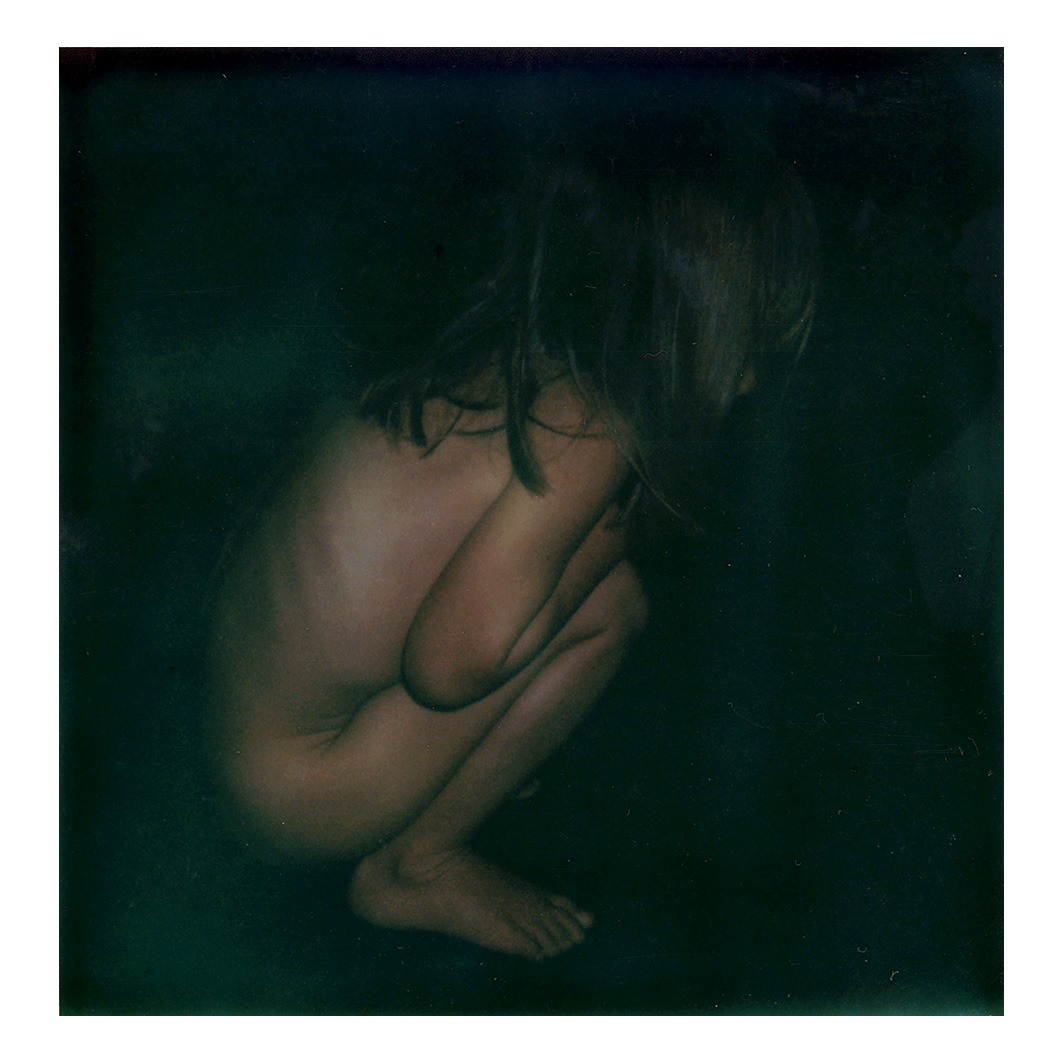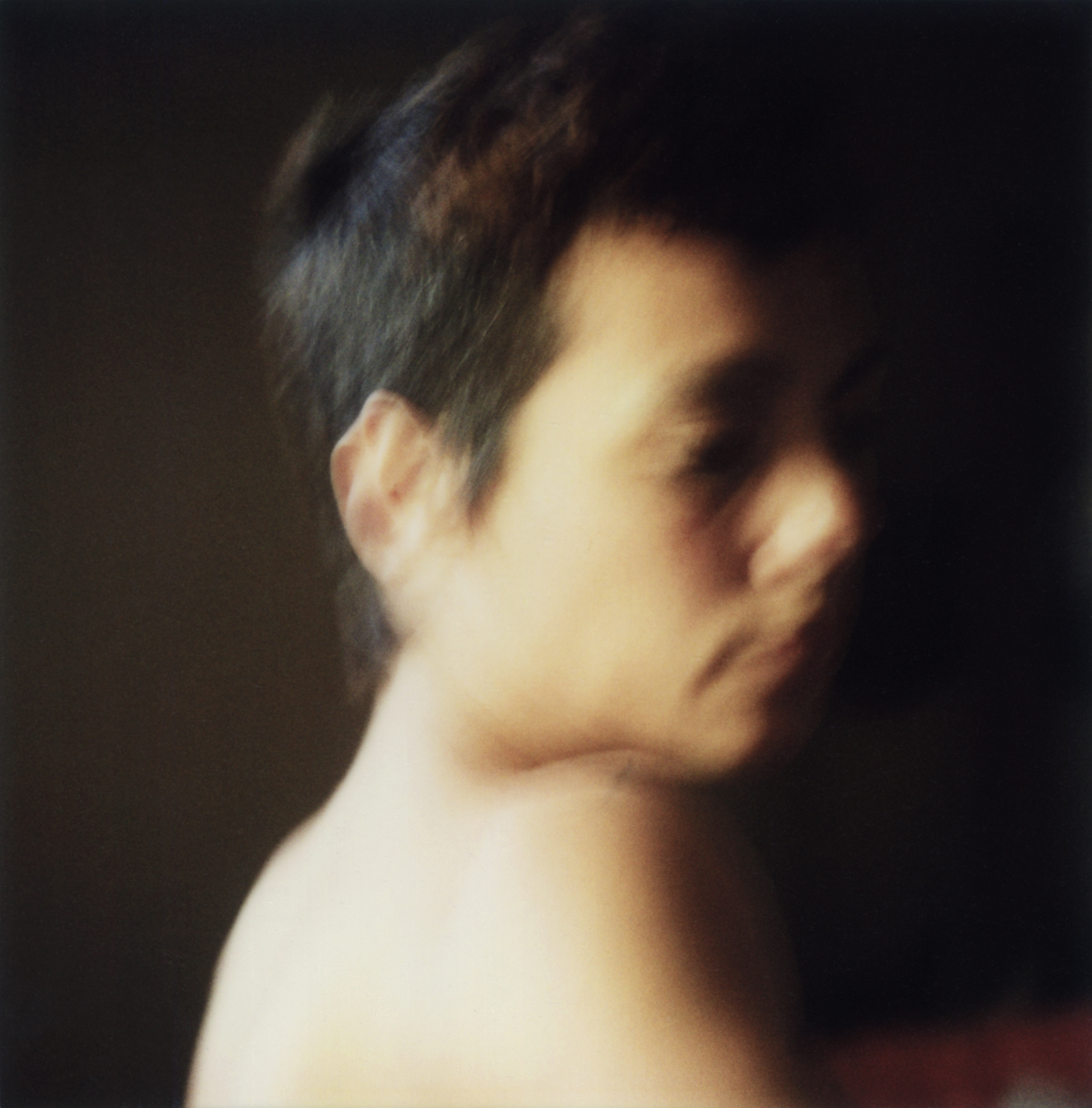FROM ONE ANIMAL TO ANOTHER
In the spring of 1966, Jacques Rivette filmed an interview between Jean Renoir and Michel
Simon. It’s the end of a lunch in a small restaurant. They ate well, and probably drank a little too .
Sitting side by side, joyful players, they remember, tell stories and laugh.
At one point Renoir talks about Michel Simon and tells him:
“You are a funny animal to observe. I know that by calling you an animal I flatter you. To you, creation just comes like that. It comes unconsciously and it’s the only way to do things “
Animal! It’s a word I often use to talk about those I love, the ones I recognize.
Animal, for me as for some others it’s a compliment and not an affront nor an insult.
So from animal to animal …
Who am I to write about this woman’s work?
Neither art critic, let alone theoretician of anything, I make films, or at least strive to.
So, to put things in context, I’ll start by talking a little bit about myself, to get to Lorena Morin
quickly, don’t you worry.
Before films, there were photographs.
I remember very well the ritual that was ours, the impatience in the body, when my grandfather
came back from the laboratory with these yellow, white and red Kodak sleeves, and how gathered
together in the kitchen, we displayed the pictures over the poppies of the plastic tablecloth.
I remember the laughters, the joy, our comments and the memories that danced around our heads.
I don’t remember my first bicycle, or even if I ever had a first bicycle, but I remember my first
camera.
It was a rich kid stuff to get a camera for your 7th birthday, and we weren’t rich.
But beyond the fact that I knew this gift from my maternal grandfather too precious, it’s what it
opened in me and for me that made it so special.
A first relation to the world, a first look at the world, building itself through photography. A little
hidden behind the lens, and suddenly less shy, more valiant.
The poppies tablecloth was replaced over time by the plaid bed top, the family kitchen by the
secret of my bedroom invaded by all these books of photographers where I spread alone my prints.
From insects to flowers, from goat eyes to donkey eyes, lichens on the rocks to the bark of trees.
And then the faces, hands, mouths, of all the people around me. Because it was much easier for
me to approach them and photograph them than to talk to them. I’ve never really believed the
words of men too much, but always trusted what their bodies or their gestures murmur.
Photographing was, and still is, touching, caressing, getting closer, learning, confronting,
bonding with the other. To find the extraordinary in the ordinary.
To make films is the same thing, time, movement and sound in addition.
I do not know Lorena very well, but there’s a link between us without and beyond words, woven
with incredible tenderness and mutual respect.
Perhaps it is characteristic of tenderness and respect to be without and beyond words.
Perhaps it is the characteristic of photography to be without and beyond words.
When I met her, I didn’t know she was a photographer, and only discovered her work much later.
The very first time I saw her, she carried in her arms this child, Freya, with whom she formed a
two-headed body.
Sitting in this cafe in Las Palmas, even before we spoke, I took this picture of them. Chance does
not exist, said my grandmother.
So why ask me?
Because of my films?
Because I am a woman?
In the name of this tenderness without words?
Yes and no.
For all these reasons perhaps, but mostly by instinct as she wrote to me.
And it’s of that instinct I want to talk about when I’m asked to think about Lorena’s work.
Of that relation to the world, that intelligence, so often discredited by the back of the hand with
a little paternalist condescension, which is so vital to me and seems to be equally essential her.
The so-called “modern” societies, predominantly male and white, have always opposed Instinct
versus Thought. Instinct versus Will and Control.
What contempt! What ineptitude!
I believe instinct to be thinking, to be voluntary and with a relation to control just way more
generous. It’s all about how you dance with the world.
To Victor Hugo who declared very proud: “Instinct is the soul on all fours, thought is the spirit
standing”, I would answer that instinct is the soul standing tall with the spirit on all fours. Thought
is the form that one works and gives, to explain to those who have forgotten what it is to be on all
fours.
What else than instinct in that finger stretching and pressing the shutter, there, at this moment,
at this fragment of second?
Lost in the middle of photo books is an etymological dictionary in several volumes, so …
INSTINCT
– Inner and involuntary impulse, which moves the human soul.
– Inner stimulation which determines the living being to spontaneous, involuntary or even forced
action for the purpose of preservation or reproduction; or, more precisely, a mode of activity of the
brain which leads to the execution of an act without having a notion of its purpose.
“The photo is the hunt, it’s the instinct of hunting without the desire to kill.
It’s the hunt of angels. You trail, you aim, you fire and — clic!
Instead of a dead man, you make him everlasting.
Chris Marker
Valerie Massadian


